Culver City Continuing Education Kids Summer Camp
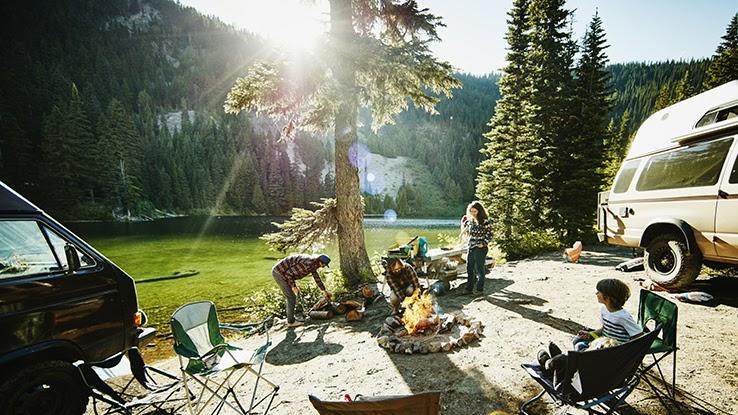
When the sun comes out, the snow melts, and wildlife returns, many folks are eager to kick off camping season. Whether to escape the stresses of city life or take a pandemic-safe holiday, more families and individuals are turning to the great outdoors. But, while being out in nature can help clear the mind, it also raises a few pain points, especially for first-time campers or less experienced nature lovers.
After all, camping isn't all bonfires and lying in the shade — it requires extensive planning and research. With the right resources and a little know-how, however, anyone can plan the perfect camping trip without running into too many roadblocks. So, with this in mind, we've rounded up camping must-haves and must-knows. From understanding what invaluable items one should pack to learning how to read a compass, we've got you covered.
1. Get the (Right) Camping Gear
The first step to any successful camping trip is a detailed and comprehensive list of camping gear. A list will help you avoid forgetting any valuable tools or items. The first thing you'll need? A solid tent. Most two to four-person tents cost between $50 to $150 and take between five and 10 minutes to set up. Those who want to live like outdoor royalty can also invest in an air mattress with a battery-powered pump, but sleeping bags work just as well for those who rather go the traditional route.
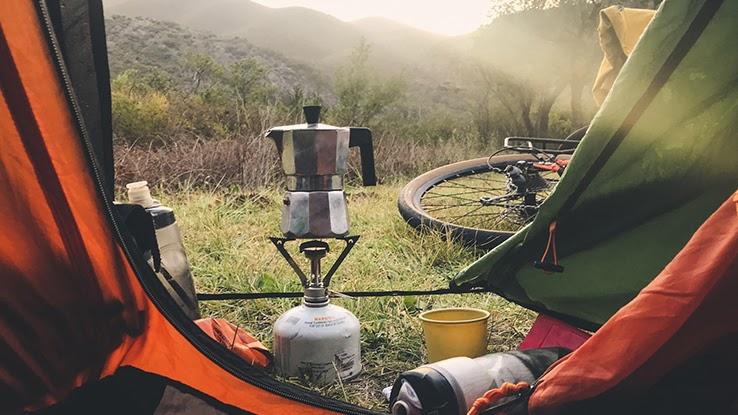
A few luxuries include a solar-powered shower bag to hang from a tree or small charcoal or propane barbeque. According to the KOA Blog, some of the camping necessities include, but are not limited to:
- Tent stakes and a mallet or hammer
- Tarp
- Mosquito netting
- Sleeping bag
- Cooler
- Refillable water dispenser
- Lantern (battery or fuel-operated)
- Flashlights and headlamps
- Knife
- Matches, lighter, or flint
- Kindling for starting a campfire
- Firewood
- Citronella candles and insect repellant
- Rope lighting of tiki torches
- Extra batteries
- Extra socks
- Compass
- Binoculars
A spacious cooler is required to keep perishable food items fresh and cold. However, finding ice in the wilderness in the middle of summer may pose a problem. One of the best-rated reusable ice packs on the market right now, for example, keeps your food cold for up to 48 hours. And, as an added bonus, a good ice pack can be used for pain relief related to minor injuries.
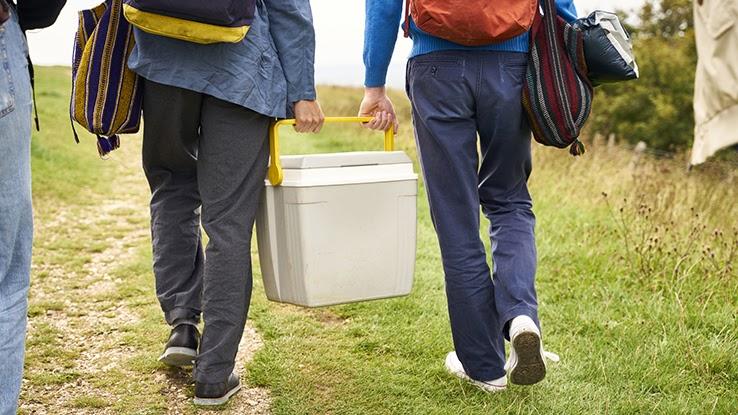
If your camping trip lasts more than a weekend and hunting or trapping animals is not on the itinerary, stock up on non-perishable food options. Oatmeal and granola are excellent sources of fiber and protein. Dehydrated meats, like jerky, and pasta, lentils, beans, or any boil-able grain or legume will also keep fresh without the need for cold storage.
For snacking, pack up some popcorn, nuts, dried fruit, trail mix, crackers, or even chocolate, marshmallows, and graham crackers for late-night s'mores. Don't forget to pack some herbs and spices; just because you're roughing it, doesn't mean your tastebuds have to as well.
3. Learn How to Read a Compass
An essential camping tool, compasses are both compact and dependable when it comes to navigating the woods, namely because they don't rely on batteries. They're all about know how.
So, how does one read a compass? When inspecting a standard compass, you'll notice that the circular face is split into 360 degrees. First, you'll need to understand the four cardinal points on a compass – north, south, east, and west. Second, get to know the inter-cardinal points halfway between cardinal points, such as northeast and southwest.
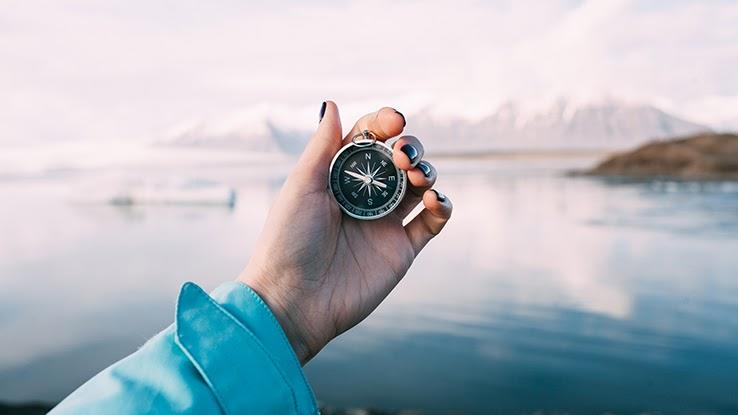
The mountaineering or orienteering compass is most commonly used outdoors. The needle always points north and is almost always designated in red. If you're north of the equator, hold the compass steadily in hand and turn until the red needle is facing the "N," which designates north. Magnetic north will allow you to orient yourself and identify the other four cardinal points.
Note which direction the group heads for a hike, nature walk, or camping trip. Keep an eye on landmarks as you traverse the wilderness. When it's time to head back to camp, use your landmark and cardinal points to head in the opposite direction on the compass face.
4. Learn How to Identify Wildlife
Put that compass in your pocket, grab a pair of binoculars, and the nearest field guide — or, you know, phone with a field guide-esque app for identifying plants, birds and other forms of wildlife. Trust us: learning how to identify what's around you is immensely rewarding, and it's never been easier.
Plant-identifying apps, such as the top-rated Pl@ntnet, are loaded with over 20,000 species of thematic and geographical floras in its database. Take some time to practice with houseplants or flowers around the house. The application may require a specific angle or photo to find the correct item within the extensive database.
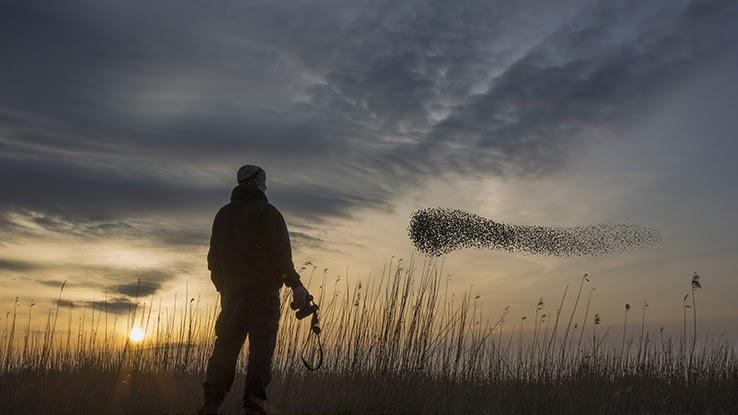
More interested in birding? Merlin Bird ID, developed by Cornell Labs, asks a few questions and can help identify your new avian friend. Something that could take hours with a book. While in the wilderness, cell phone coverage may be limited or nonexistent, but thanks to this extensive database neither Wi-Fi nor cell service is required.
5. Learn How to Build a Lasting Fire
Finally, fire is an absolute necessity for staying warm and cooking. Our camping checklist included matches, a lighter (or flint), and kindling and firewood. There are a few types of campfires and methods of building them, but the most common is the cone formation.
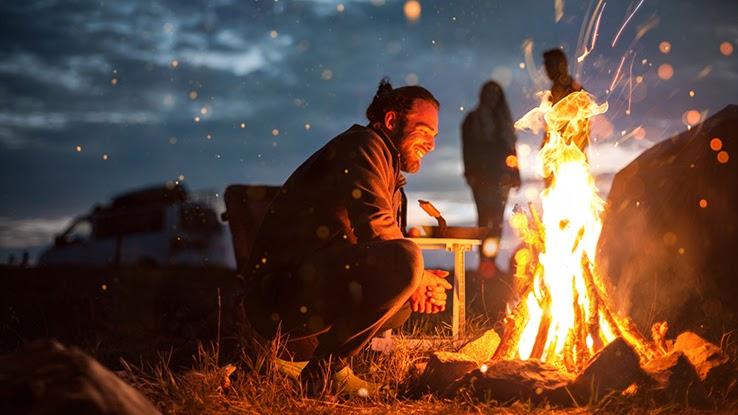
To build one, you'll need tinder or a flammable substance used to ignite the flame, kindling, firewood, and a spark or flame source. First, lay down a large bundle of tinder. Next, use kindling to form a cone or tent-like shape above the smaller pieces of tinder and kindling. Finally, use your flame sources — such as flint, lighter, or matches — to light the smaller tinder. Keep adding larger pieces of wood to the fire and watch it grow gradually.
Of course, it's important to keep in mind that the cone setup will burn through wood quickly, so the log cabin arrangement may be the best option if you're using the fire for cooking. To set up this variation, place two pieces of wood parallel to each other on the bottom, and then stack two more on top, perpendicular. Repeat this process until the wood reaches the desired height. Next, place tinder and kindling inside the inner square and ignite. As it burns, logs fall on top of one another, feeding new wood into the burning coals.
No matter which fire you've successfully built, enjoy it. And don't forget the s'mores!
dandridgeflosoney.blogspot.com
Source: https://www.reference.com/world-view/using-a-compass-and-other-camping-hiking-tips?utm_content=params%3Ao%3D740005%26ad%3DdirN%26qo%3DserpIndex&ueid=5439f5a1-4724-4bc4-a263-8d45c7e4a20e
0 Response to "Culver City Continuing Education Kids Summer Camp"
Post a Comment